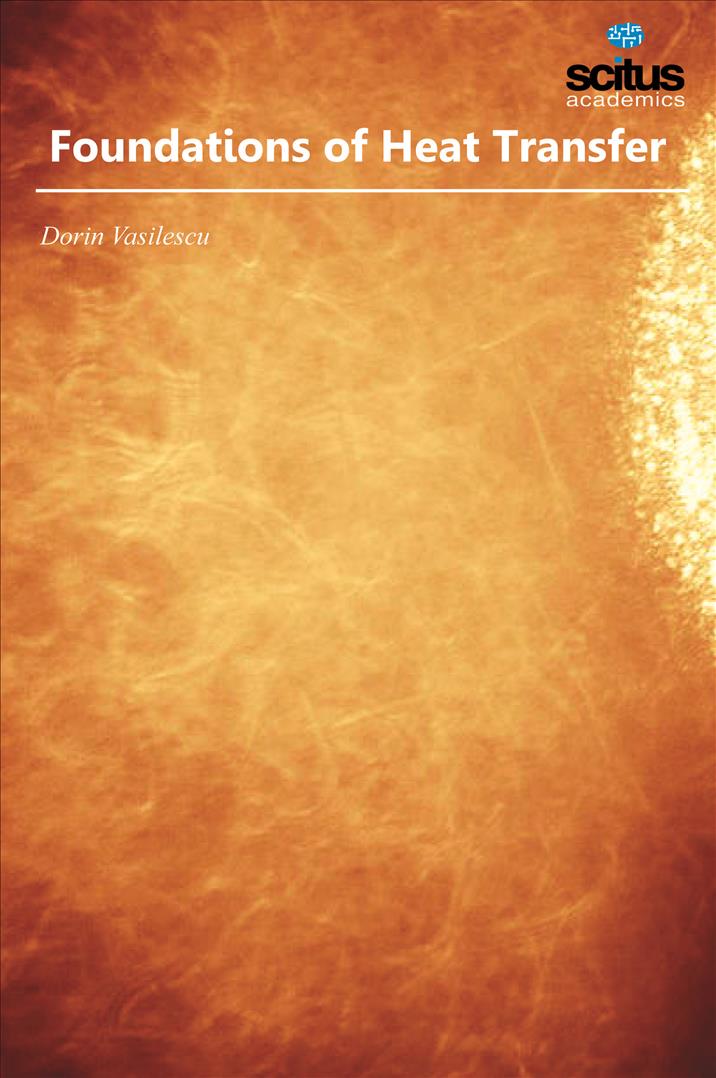Heat may be defined as the transfer of thermal energy across a well-defined boundary around a thermodynamic system. The thermodynamic free energy is the amount of work that a thermodynamic system can perform. Enthalpy is a thermodynamic potential that is the sum of the internal energy of the system plus the product of pressure and volume. Heat transfer is the exchange of thermal energy between physical systems, depending on the temperature and pressure, by dissipating heat. The fundamental modes of heat transfer are conduction or diffusion, convection and radiation. Heat transfer always occurs from a region of high temperature to another region of lower temperature. In the simplest of terms, the discipline of heat transfer is concerned with only two things: temperature, and the flow of heat.
Temperature represents the amount of thermal energy available, whereas heat flow represents the movement of thermal energy from place to place.
Heat transfer is a process function, as opposed to functions of state; therefore, the amount of heat transferred in a thermodynamic process that changes the state of a system depends on how that process occurs, not only the net difference between the initial and final states of the process. Several material properties serve to modulate the heat transferred between two regions at differing temperatures.
Examples include thermal conductivities, specific heats, material densities, fluid velocities, fluid viscosities, surface emissivities, and more. Taken together, these properties serve to make the solution of many heat transfer problems an involved process.
Foundations of Heat Transfer focuses on the basic modes of heat transfer.













